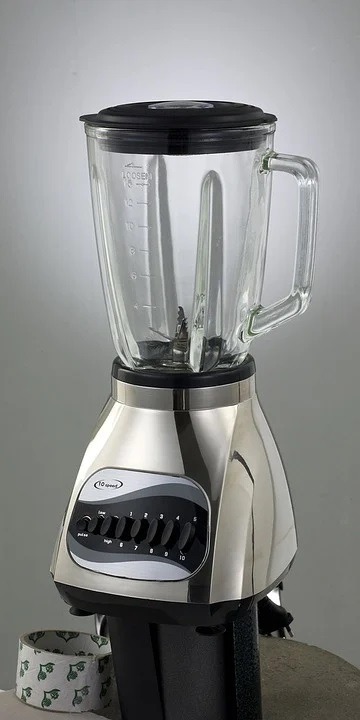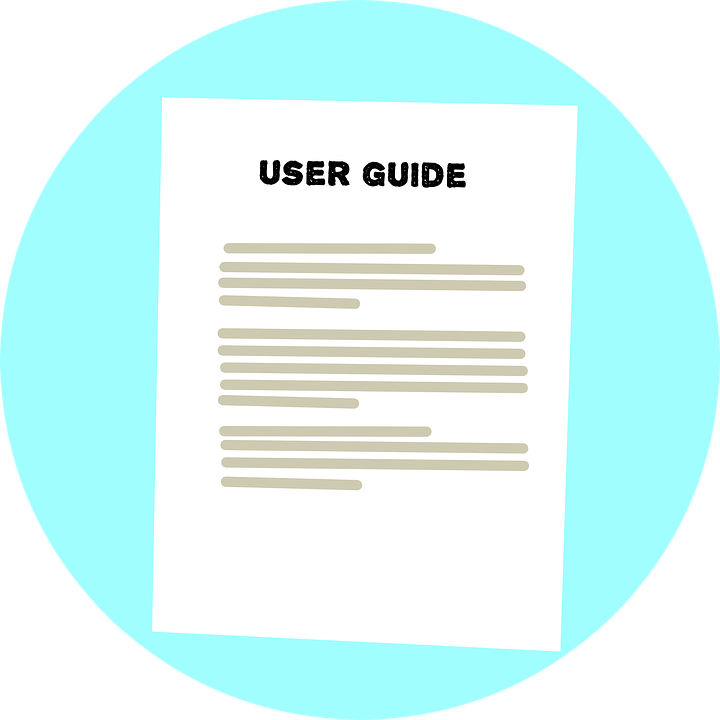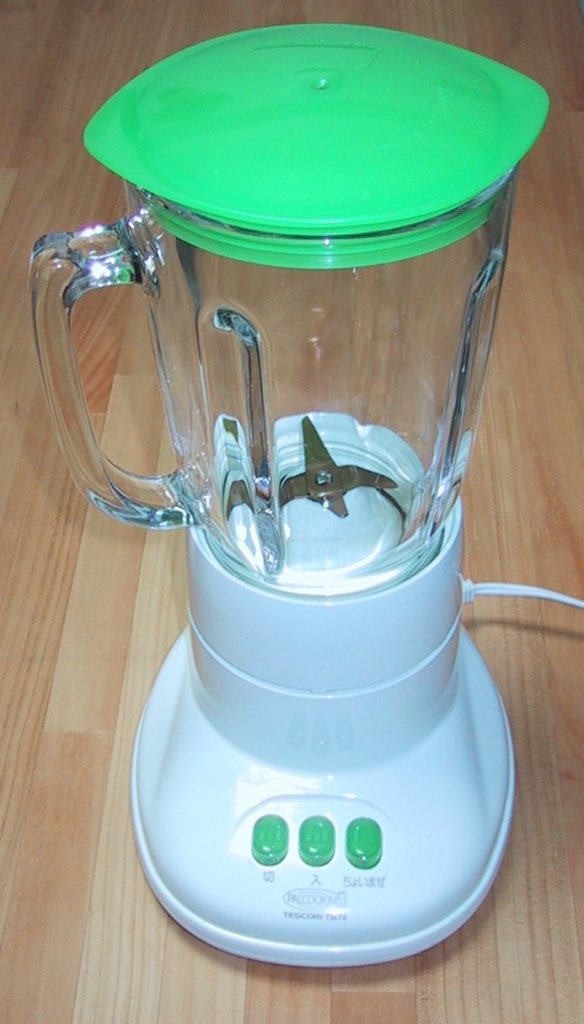Blenders are an important part of any kitchen. They are used to make everything from shakes to purees and sauces. However, blenders must be used carefully. While it seems easy to use a blender, there are a lot of things that can go wrong, and cause damage. Here we’ve compiled all you need to do in order to use a blender safely.
Read Through Manufacturer’s Instructions Carefully
The manual that comes with a blender is of extreme importance. It tells you all it can blend, how many speed options it gives you, and how to use it safely. A user manual will also inform you of the proper way to clean the blender and keep it safe. The user manual should also come with a warranty, and instructions for repair. This is important to note, as repairing your blender yourself is extremely jeopardizing.
Therefore, do take a detailed look at the manufacturer’s instructions and the user manual to make sure you are using the blender in the right way. It will also help you in assembling the blender by putting all the components in their specific parts. In case you lose the user manual, it is advised to search it up on the internet by going to the manufacturer’s website and searching for your specific blender model.
Beware of Electricity
The biggest danger when using a blender is electrocution. To avoid getting electrocuted, always make sure you touch your blender with dry hands. Always wear rubber slippers because they reduce the volume of electric shock by disrupting the conduction of current. Also, replace any frayed cords. These cords can cause sparks, and might even start a fire.
Also, if during blending you spill something on the machine, switch it off and clean it immediately. Letting a wet machine work can cause an electric fire.
Regularly check the socket and plug for any burn marks, and be on the lookout for any crackling noises. If you smell something burning, feel your blender heating up, or hear electricity crackling, shut the blender and step back from it. You might have blown a fuse in the device, and so you should get an electrician to investigate. The device should be replaced or fixed by a licensed professional.
Never try to open and check your blender yourself. Although the blenders are quite safe and insulated machines with a very low risk of getting electricity in the main equipment, there is still a chance that should be avoided at all costs. This is because, in many homes, even the kids are using the blenders.
Be Careful of the Blades
The blades are the second thing you should be extremely careful of. Never put your hands in the blender while it isn’t off at the socket. The same goes for any scraper or spatula you use. Never add anything to the jug, while it is blending. Also, anything added to a jug, should either be a soft solid or be added with a liquid. A blender is not a grinder. Only adding hard solid materials will damage the blades of the blender.
Here are some important tips on blender settings and speed – Guide to Blender Settings and Speed
What You Can and Cannot Blend in a Blender
The rule of thumb is stated in the paragraph above. Anything in a blender should have liquid in it. You can blend soft vegetables and soft fruits in a blender without any problem. However, avoid potatoes, raw or boiled. This is because raw potatoes are too hard for the blades to mash, and the consistency of boiled potatoes puts strain on the machine. They’re so thick that the blades don’t work easily. If you’re using such thick foods, don’t blend for more than 3 minutes.
This might cause the machine to overheat, and might even blow a fuse, or cause a fire. Don’t blend hard spices like cinnamon sticks. Moreover, don’t add coffee beans and frozen foods. Avoid adding ice cubes to your blenders, unless it’s a very high-power one. Adding frozen foods or ice to the blender might cause cavitation. This is when an air pocket develops around the blades which prevents them from cutting right. Let your food thaw and your ice cubes slightly soften before you blend them.
Also, add your liquid items first, and follow with your soft solids. Any hard solids like ice cubes should be added last. Keep your hand on the lid when you are blending, and never fill your blender more than halfway.
However, in certain circumstances, when your blender has a high-powered motor and strong blades, you can blend the hard items as well. These blenders will cost you more but are definitely worth the investment if you plan on blending any kind of food item.
Don’t Blend Boiling Foods.
Always be sure to cool your food before adding it to the blender. Any foods right off the stove create a lot of steam when they are blended. When you open the blender lid, the steam can scald you. The high heat can also damage the blades. Let the food rest at room temperature for 3-5 minutes. Even then, always be sure to open the blender lid away from your face.
When blending hot food, lift the middle part of the blender cap often. This is also called a blender stopper. This will make sure you don’t experience any hot food explosions due to steam buildup. You can also remove the blender stopper, and keep a towel over the blender cap. Then blend at a slow speed.
If you are blending hot liquid instead of food, keep the lid open from an end facing away from you. This is because liquids will splash. Like before, keep a towel over the opened end, and blend at slow speeds. The towel will absorb any steam and splashes.
How to Properly Clean Your Blender?
The best way to clean your blender is to add a little warm water and dish soap to the blender. Switch the blender on and let it run for about 30-45 seconds. Then empty the blender and rinse it. If your blender is dishwasher safe, you can add the jug to the dishwasher. However, the lid may melt from the heat in the dishwasher. Be very careful of the blades, if you’re cleaning the jug by hand. Once the base and jug are separated, you can wipe the base with a damp towel or sponge.
Suggested Reading – Tips for Cleaning Your Immersion Blender
Safely Storing Your Blender
After you’ve washed and cleaned your blender, dry it thoroughly. Place your jug upside down, and let the water drain. Pat the machine with a dry cloth. Storing the blenders wet will cause the blades to rust. If you haven’t washed your blender carefully, leftover food might cause mold in it.
Never leave your blender out on the counter, even if you’ve unplugged it. Kids these days are clever. They’ll be able to plug in the machine and use it in no time. Keep your blender in a cool, dry place. Avoid a cupboard directly over or under your stove. Also, avoid cupboards with rodents, as they can eat away at your wiring. Store the blender in separate pieces, and don’t keep them on high shelves they can topple from. Disassembling the blender and then storing it will also make sure that there is no smell left inside the blender.
Other Safety Measures
It is always a good choice to install fire detectors and other safety measures in the kitchen. There should be at least one alarm per floor. If a fire does start, stop the blender immediately, and close the gas outlet in the kitchen. This will prevent a gas explosion. Don’t try to deal with a fire yourself. Get yourself out, and call the concerned authorities. Never keep anything flammable near the kitchen as a safety precaution.
An RCD is also a good safety measure. An RCD or a “Residual Current Device” prevents electrical fires and prevents shocks. An RCD can be found in your fuse box. If you don’t have an RCD installed, it would be best to install one immediately.
Conclusion
Blenders are very easy to use if they are used with care. Just make sure you follow all your manufacturer’s instructions and the tricks we have mentioned above. Never let children use the blender without proper supervision. Clean it with care and keep it stored safely. Also, avoid any hard solids in a home blender. If you do need to blend solid foods, make sure you add plenty of liquid. Doing so will ensure the hard solids don’t grate away at the blades. This causes overheating and dulls the blades. Meanwhile, find out what should you not put in a blender here.






